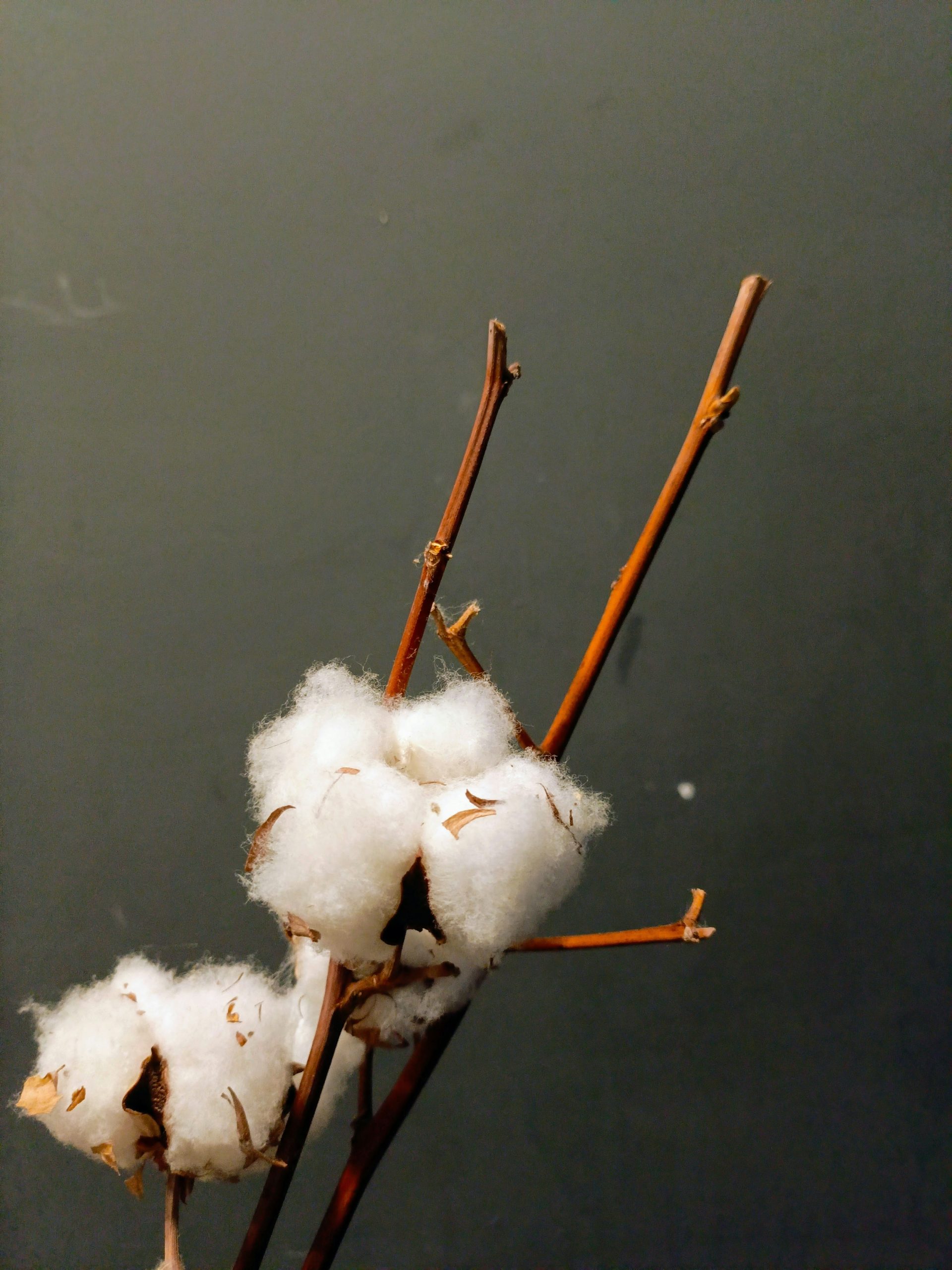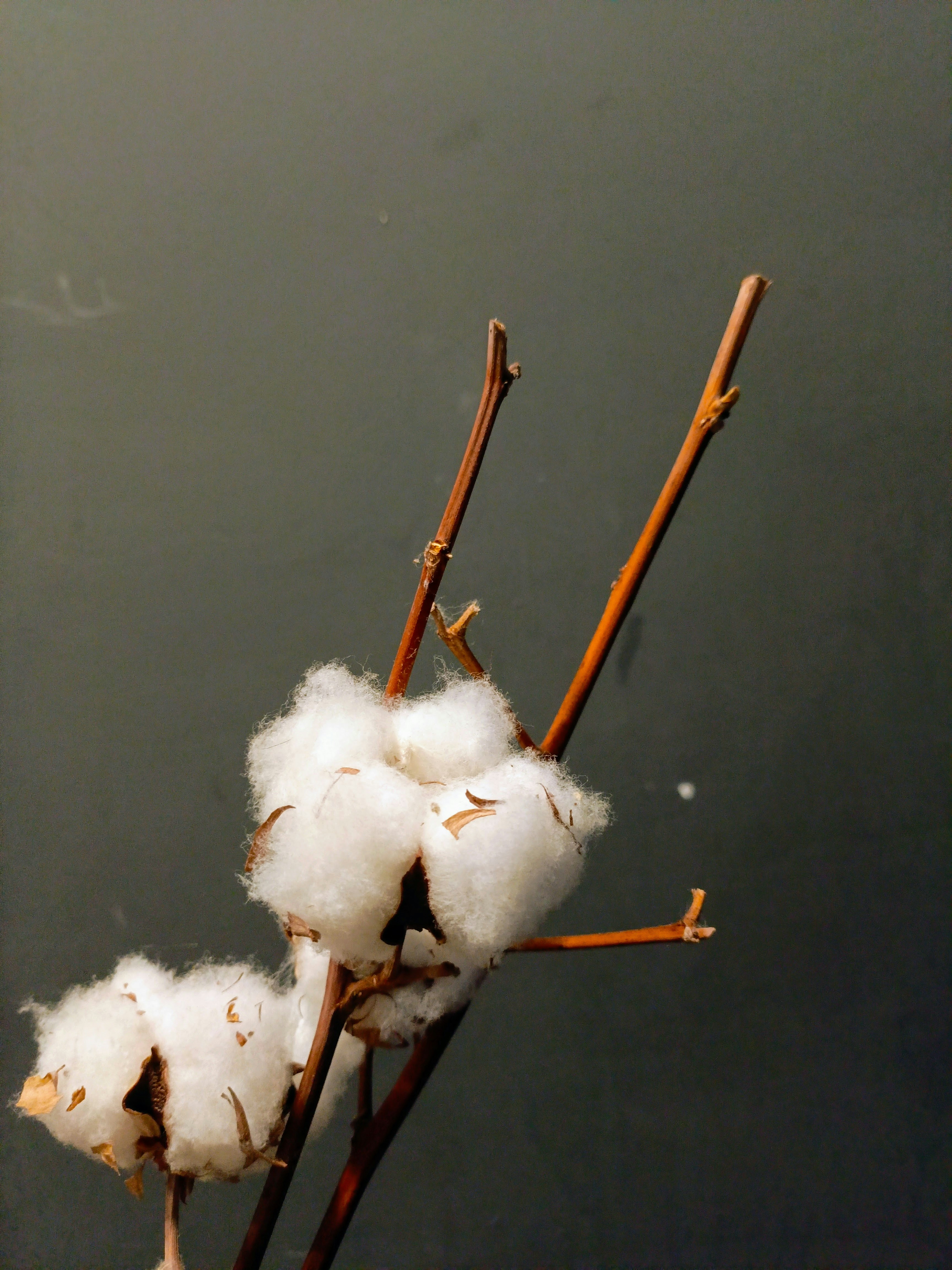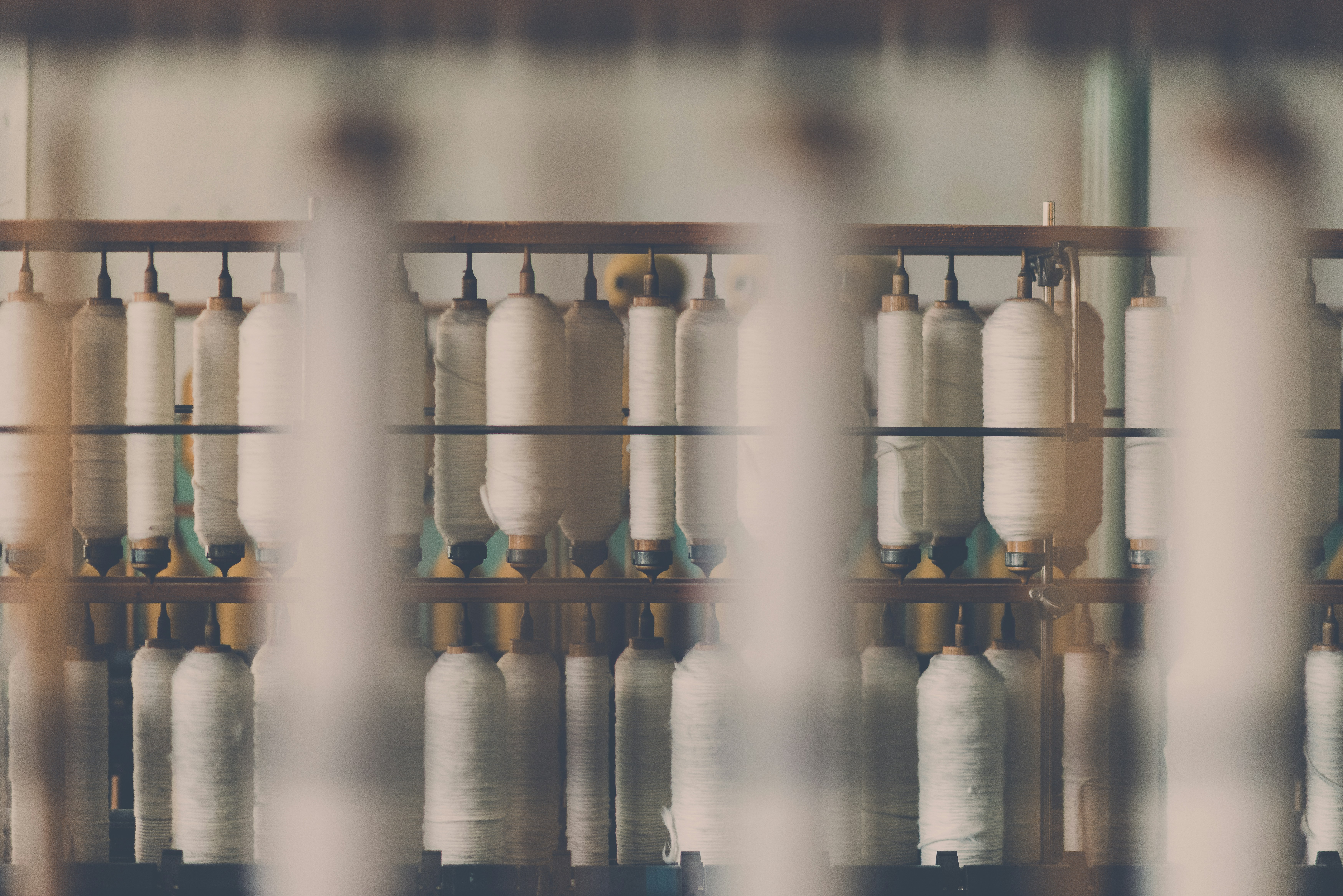
Introduction to Herringbone Cotton Webbing
When it comes to textile production, the choices are endless. Yet, one material has carved out a special place in the hearts of designers and consumers alike: herringbone cotton webbing. This unique fabric features a timeless pattern that brings both style and functionality to various applications. With herringbone patterned cotton webbing its rich history and remarkable properties, herringbone cotton webbing is more than just an aesthetic choice; it’s a versatile solution for modern textiles. In this blog post, we will explore what makes this fabric so appealing and why it continues to thrive in today’s fashion landscape. Get ready to dive into the world of herringbone cotton webbing!
History and Evolution of Herringbone Pattern
The herringbone pattern boasts a rich history that dates back to ancient civilizations. It is believed to have originated in the Roman Empire, where it was used in intricate road designs. This zigzag motif mimicked the bones of fish, particularly herring, lending its name.
Throughout the Middle Ages, artisans began incorporating this distinctive pattern into textiles and architecture. The design became synonymous with quality craftsmanship and elegance.
As time progressed, the herringbone pattern found new life during the Industrial Revolution. Advances in textile manufacturing allowed for more widespread use in clothing fabrics. From suits to dresses, it quickly gained popularity as a symbol of sophistication.
In recent years, designers have reimagined herringbone cotton webbing for various applications beyond traditional textiles. Its versatility has made it a staple in modern fashion and home decor alike.
Properties and Benefits of Herringbone Cotton Webbing
Herringbone cotton webbing stands out for its unique texture and visual appeal. The distinctive chevron pattern creates an eye-catching design that enhances various products.
Durability is another key benefit. Made from high-quality cotton, this webbing can withstand wear and tear, making it ideal for items subjected to regular use.
Flexibility adds to its charm. Herringbone cotton webbing easily adapts to different applications, whether in clothing or accessories. Its soft feel makes it comfortable against the skin.
Additionally, it’s lightweight yet strong. This combination allows designers to create functional pieces without compromising on style.
Cotton’s natural breathability ensures that items made with this material are comfortable in any season. Many appreciate its easy maintenance; herringbone cotton webbing can be cleaned effortlessly when necessary, maintaining its beauty over time.
Usage in Textile Production: Clothing, Home Decor, Accessories
Herringbone cotton webbing shines in various textile applications. In clothing, it is often used for straps and belts, providing both style and durability. The distinctive pattern adds a touch of sophistication to garments while ensuring strength.
In home decor, this versatile webbing finds its way into furniture upholstery and decorative elements. Its unique texture enhances visual interest, making pieces stand out in any room. Herringbone patterns are particularly appealing for creating an inviting atmosphere.
Accessories also benefit from herringbone cotton webbing’s charm. Bags, wallets, and even pet collars feature this stylish design. It combines functionality with aesthetics beautifully—perfect for fashion-forward consumers.
With its adaptability across different sectors of textile production, herringbone cotton webbing continues to captivate designers and makers alike. Each application showcases the timeless appeal of this classic pattern while meeting modern demands for quality materials.
Sustainability and Eco-Friendliness of Herringbone Cotton Webbing

Herringbone cotton webbing stands out as an eco-friendly choice in textile production. fashion Made from natural fibers, it offers a sustainable alternative to synthetic materials.
Cotton is biodegradable and renewable, which contributes positively to the environment when sourced responsibly. Many manufacturers prioritize organic cotton, reducing harmful pesticides and promoting healthier soil.
The durability of herringbone patterns also enhances sustainability. Products made with this webbing tend to last longer, minimizing waste over time.
Moreover, the unique weaving technique adds strength without compromising flexibility or comfort. This balance makes it ideal for various applications while supporting eco-conscious choices.
As consumers increasingly seek sustainable options, herringbone cotton webbing aligns perfectly with this demand for environmentally friendly textiles.
Popular Brands and Designers Using Herringbone Cotton Webbing

Herringbone cotton webbing has caught the eye of many noteworthy brands and designers, becoming a staple in their collections. From high-fashion runways to everyday wear, this versatile material is everywhere.
Luxury labels often integrate herringbone patterns into accessories like bags and belts. The texture adds depth and sophistication that stands out in any wardrobe.
Outdoor brands appreciate its durability and strength. Herringbone cotton webbing is perfect for straps on backpacks or harnesses, ensuring functionality without sacrificing style.
Craft artisans also embrace this fabric for home goods. Designers create stunning cushions, upholstery, and curtains using the classic pattern to elevate interior spaces.
Even mainstream retailers have jumped on the bandwagon. Herringbone cotton webbing seems to be making waves across various sectors of fashion and design. Its unique appeal continues to inspire new creations every season.
Care and Maintenance Tips for Herringbone Cotton Webbing Products
Caring for herringbone cotton webbing products is straightforward. Start by checking the manufacturer’s care instructions, as they can vary.
For general cleaning, a damp cloth with mild soap works wonders. Gently wipe down the surface to remove stains or dirt without saturating the fabric.
If deeper cleaning is necessary, hand wash in cool water using a gentle detergent. Avoid harsh chemicals that could damage the fibers and colors.
After washing, air dry your items away from direct sunlight to prevent fading. High heat can weaken cotton fibers over time, so skip the dryer when possible.
Regularly inspect your webbing for frays or wear. Addressing these issues early can extend its life significantly and keep it looking fresh.
Store your herringbone cotton webbing items in a cool, dry place when not in use to maintain their quality and structure.
Conclusion: The End
Herringbone cotton webbing has carved a niche for itself in the textile industry due to its unique design, versatility, and sustainable qualities. Its history reflects an enduring appeal that continues to inspire designers today. The distinctive herringbone pattern not only offers aesthetic value but also enhances the functional aspects of various products.
From clothing to home decor and accessories, herringbone cotton webbing serves multiple purposes. It adds strength while maintaining flexibility, making it a favored choice among creators who prioritize durability without compromising style. As more consumers seek eco-friendly options, this material stands out as a sustainable alternative.
Many popular brands are recognizing the charm of herringbone cotton webbing and incorporating it into their collections. This trend underscores its relevance in contemporary fashion and lifestyle products.
For those lucky enough to own items made from this fabric, taking care of them is essential for longevity. Simple maintenance steps can keep your herringbone cotton webbing looking fresh and vibrant over time.
The journey of herringbone cotton webbing demonstrates how tradition meets modern innovation in textile production. Whether you’re drawn by its historical significance or practical benefits, there’s no denying the impact this material has had on our daily lives.



